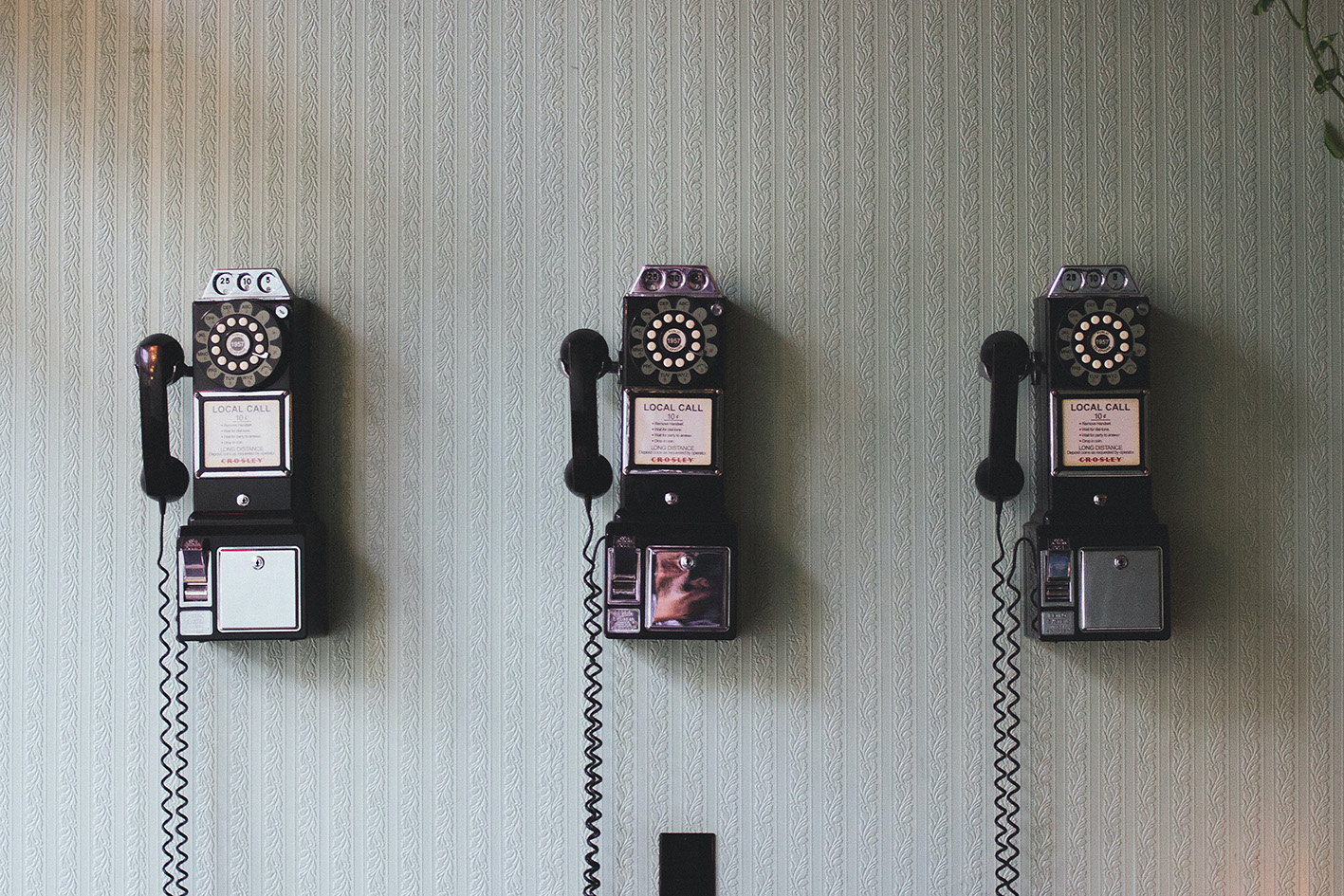Engineering the user experience
For a very long time, our species were once no one in this vast world. Over time, we evolved ourselves into something that we now refer to as Homo Sapiens Sapiens
(wise man), and one of the most exceptional traits we possess is our imagination. With our intelligence, we invented ways of communication and built advanced tools to make our lives easier. We engineered our way of life.
It's been a long time since we began surfing the internet. From that time, communication between one another has never been so simple. The majority of us have access to a fast connection, low latency, and long-range communication tools at our disposal. Thanks to technological advancements, we are able to develop smaller machines that have higher capabilities. People from across the globe can easily connect through a single click on a device that fits into the palm of their hand. All of this is possible because of the way we strive for greatness. We, humans, always believe in better possibilities, which encourages us never to stop exploring, experimenting, and inventing.

Engineering our telecommunications
Throughout the past, we have discovered various means of communication. From smoke rings, cave paintings to carrier pigeons, we've endured it all. Finally, in 1876, the first telephone was invented to make communications simpler. This major invention enabled people to communicate with each other without being physically present. The first telephone was introduced as a small box with a rotatable wheel with numbers inside. For many of us in this era, the rotary phone design would seem rather complex at first glance.
Why does the rotary phone design have to be that way? Couldn't they have made it easier for people to use?
Well, I'm not sure about why the initial design was like that too. But one thing that I do know is that in the present day, the design of a telephone that once was so complex has evolved into something much simpler and more user-friendly. This is commonly known as the num pad phone.
But why did we decide to change all modern telephones to become the 'num pad' model? "My guess would be for the convenience factor. However, the real answer is still unknown.
So, how do people even know how to use a rotary dial phone or a num pad phone or any kind of telephone in the first place? Do they just guess? Or do they actually read the user manual?

People have ways of reacting to the environment differently based on previous experience. We are able to develop a conceptual model of how a particular device or machine operates at first glance. And if it works as expected, even though it's not 100% correct, we will continue to use it and learn more by configuring it. In contrast, if it does not function as expected, there is no good feedback provided, and we might not even touch it anymore.
Similar situations like these happen in our everyday lives - for example, smartphone touch screen gestures. Even if there are no guidelines given (or people simply ignore them), would it be possible to guess gestures that would lead to an expected outcome by experimenting? Or a sliding door with a handle, would you choose to push or pull? Or light switches mapping to many bulbs in a big room, just being able to select the correct switch to turn on the correct light bulb is already hard if there is no label or something that can signify which switch goes to which light bulb.
These are just examples of how we perceive our surroundings through a piece of available information at that time. We use our instinctive knowledge to create a user manual in our brain, then proceed to try as we might. Sometimes it's correct, sometimes not.
Looking back at our old rotary phone, we can see that in the past, engineering effort mainly went to building new inventions and making sure it works. We didn't care much about whether it will be easy to use as long as it does the job. The rotary dial phone is a good example. The engineer that created this device decided to use the wheel as a mechanism to generate an electrical pulse through the use of springs. Since the technology at that time was limited, even though we might have had a clear conceptual model of the num-pad phone, we weren't able to build it efficiently.

Listen to the users
Nowadays, we have access to more advanced technologies, and we're able to build machines that can build other machines. Innovative technologies have inspired end-users to be more selective. Things that are not easy to use, they won't use it. We cannot build a functioning but sophisticated product anymore, but we must also think about the practicality of the end-user too. Who will this product be built for? Will they be able to use it? And lastly, will it give the end-user the satisfaction they need? User experience has become a critical deciding factor when it comes to modern-day production. A product that survives in this competitive world of advanced technology is not only one that is proven to be usable, but also one that is loved by users.
In the end, users might forget what the thing is. The product might be forgotten as time passes by. But the experience that we create for users will be remembered for many generations.
Thumbnail photo by rawpixel.com
More from us
Thank you!
You are subscribed.